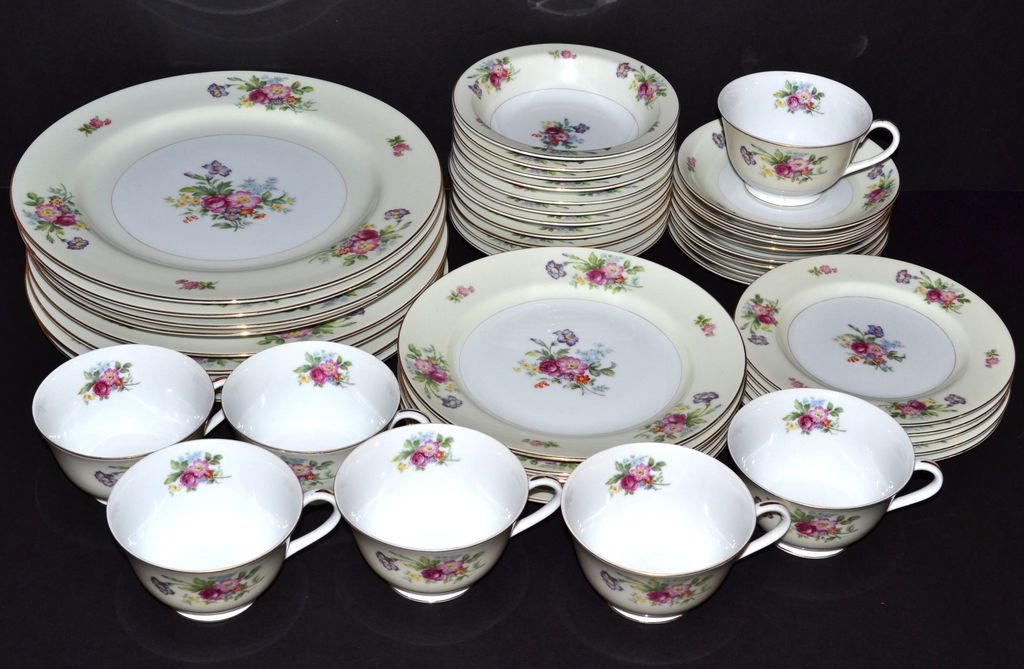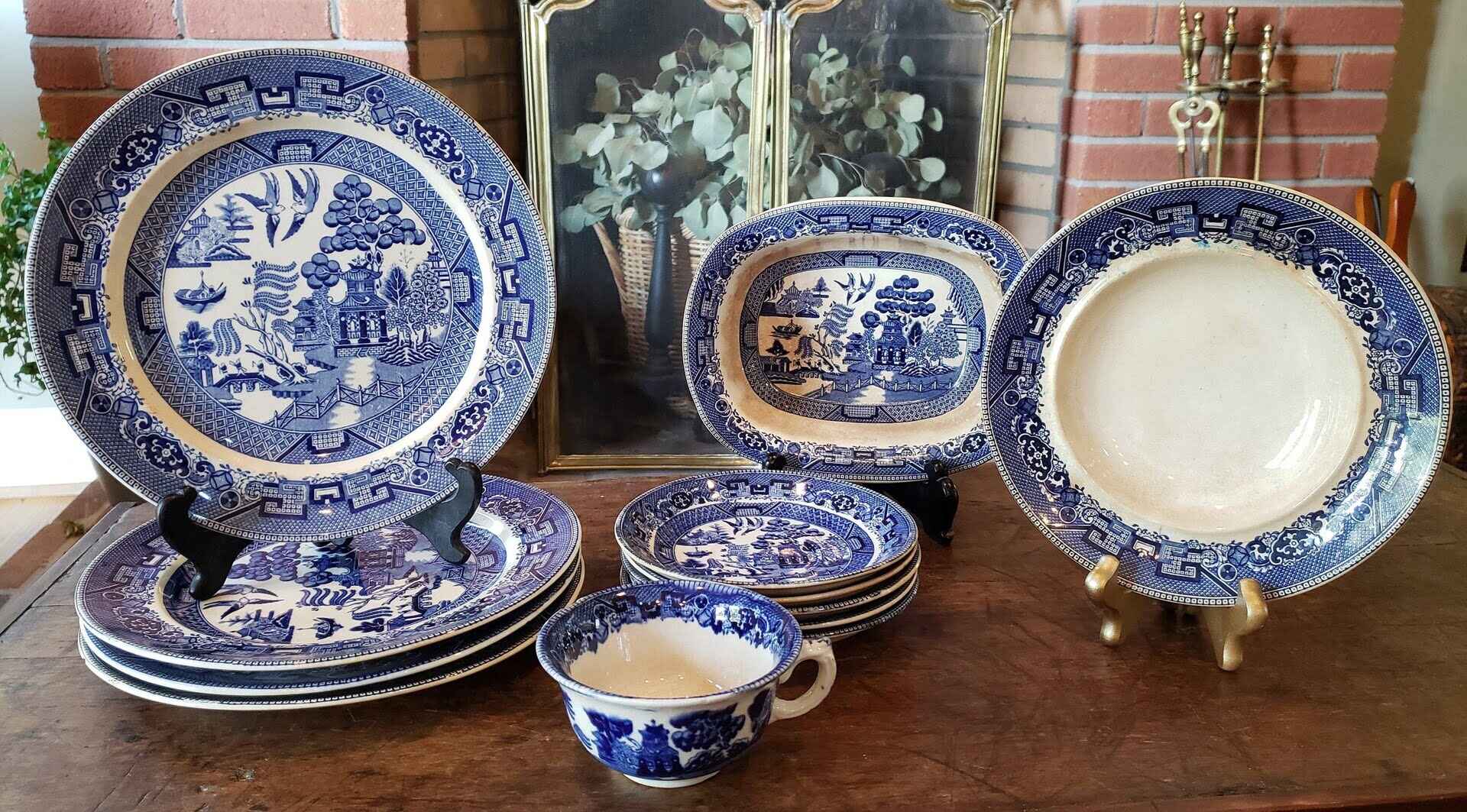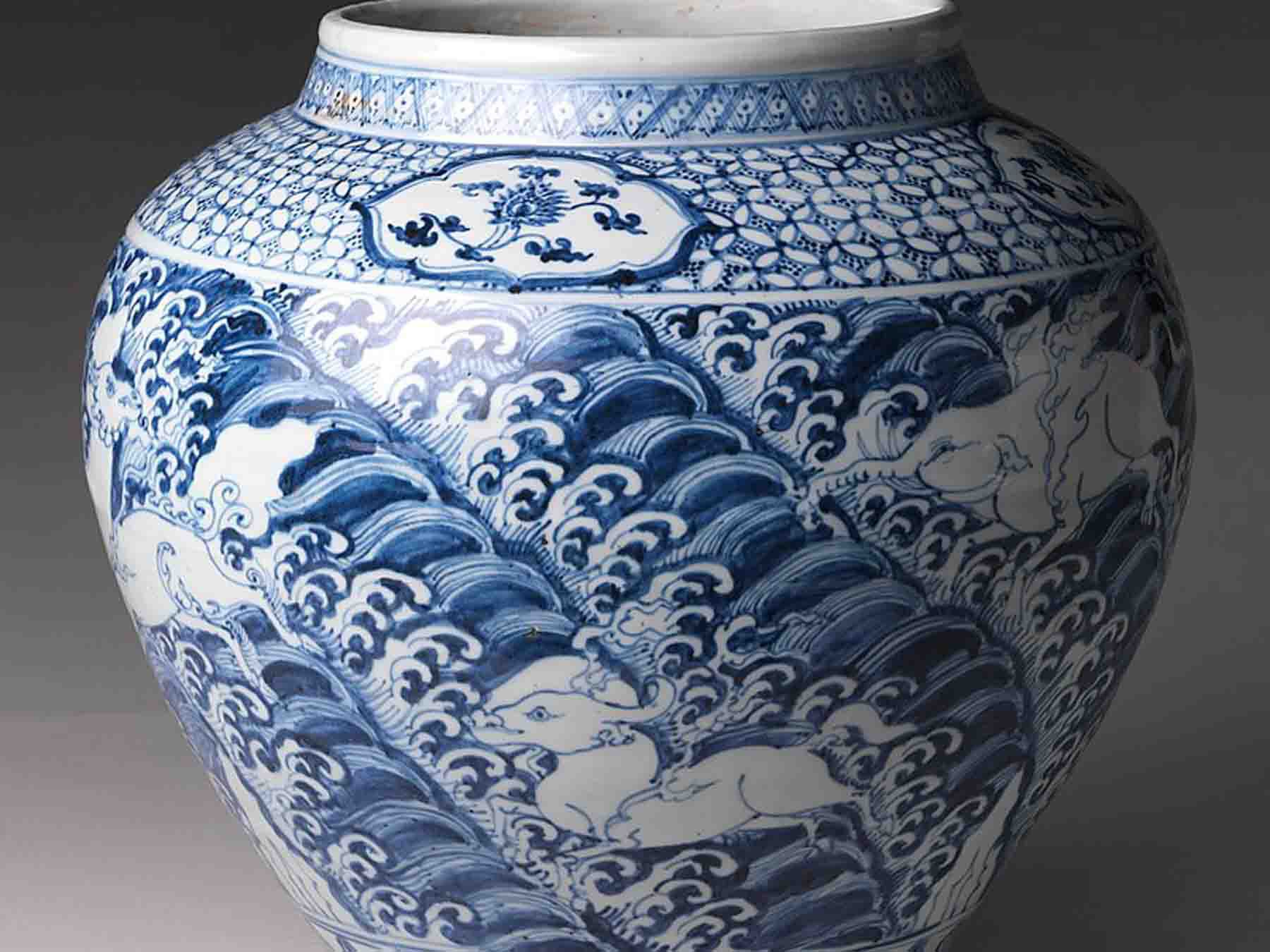History and Origin of Mahogany China Cabinets

Mahogany china cabinets have a rich history intertwined with the evolution of furniture design and the increasing popularity of porcelain and china collections. Mahogany, with its distinctive reddish-brown hue and durability, became a prized material for crafting furniture, particularly during the 18th and 19th centuries.
Early Mahogany China Cabinets and their Evolution
The emergence of mahogany china cabinets can be traced back to the 17th century, with the introduction of mahogany wood from the Caribbean and Central America to Europe. During the 18th century, the popularity of mahogany furniture, including china cabinets, surged in England and later spread to the American colonies. The Queen Anne style, characterized by its elegant curves and cabriole legs, influenced the design of early mahogany china cabinets.
The Rise of Mahogany China Cabinets in the 18th and 19th Centuries
The 18th century witnessed a significant increase in the production and demand for mahogany china cabinets. The Georgian era, with its emphasis on symmetry and classical motifs, saw the development of more elaborate and ornate designs. The Chippendale style, known for its intricate carvings and graceful proportions, also influenced the creation of mahogany china cabinets. The use of glass doors became prevalent, allowing for the display of valuable china collections.
Notable Antique Mahogany China Cabinets
The 19th century saw the continued popularity of mahogany china cabinets, with styles evolving to reflect the changing tastes of the era. The Regency style, characterized by its streamlined lines and decorative motifs, emerged in the early 19th century. The Victorian era saw the production of a wide range of mahogany china cabinets, from the elaborate and ornate to the more simple and functional.
- The Chippendale-style mahogany china cabinet (circa 1760): This cabinet, with its intricate carvings and graceful proportions, showcases the elegance and craftsmanship of the Chippendale style. It typically features two or three tiers of shelves enclosed by glass doors, allowing for the display of fine china and porcelain. The cabinet may also include a central drawer for storage.
- The Hepplewhite-style mahogany china cabinet (circa 1780): Hepplewhite furniture is known for its delicate and elegant designs. Hepplewhite-style china cabinets often feature graceful curves, tapered legs, and intricate inlays. They are typically smaller in scale than Chippendale cabinets and often have a single tier of shelves with glass doors.
- The Sheraton-style mahogany china cabinet (circa 1800): Sheraton furniture is characterized by its clean lines and geometric forms. Sheraton-style china cabinets often feature straight legs, simple carvings, and a focus on functionality. They typically have two or three tiers of shelves enclosed by glass doors, with a central drawer for storage.
Characteristics and Features of Antique Mahogany China Cabinets

Antique mahogany china cabinets are prized for their craftsmanship, beauty, and historical significance. They were meticulously constructed using traditional methods and materials, resulting in pieces that have stood the test of time.
Construction Techniques and Materials
The construction of antique mahogany china cabinets involved skilled craftsmanship and the use of high-quality materials. Mahogany was a popular choice for these cabinets due to its durability, rich color, and beautiful grain patterns.
- Dovetail Joints: Dovetail joints were commonly used to join the cabinet’s frame, providing exceptional strength and stability. These joints are known for their interlocking design, which prevents the pieces from separating.
- Mortise and Tenon Joints: Mortise and tenon joints were also employed in the construction of the cabinet, particularly for joining the legs to the frame. This technique involves creating a precisely sized hole (mortise) in one piece and a corresponding projection (tenon) on the other, resulting in a strong and secure connection.
- Hand-Cut Glass Panels: Antique mahogany china cabinets often featured hand-cut glass panels in the doors and sides. These panels added elegance and allowed for the display of fine china and other treasures.
- Solid Wood Construction: Antique mahogany china cabinets were typically constructed entirely from solid wood, unlike modern cabinets that often use particleboard or plywood. This solid wood construction contributed to the cabinets’ durability and longevity.
Distinguishing Features of Antique Mahogany China Cabinets
Several key features differentiate antique mahogany china cabinets from their modern counterparts. These features reflect the craftsmanship and design aesthetics of the era in which they were created.
- Hand-Carved Details: Antique mahogany china cabinets often featured intricate hand-carved details, such as floral motifs, scrollwork, or acanthus leaves. These details added a touch of elegance and sophistication to the cabinets.
- Brass Hardware: Brass hardware, such as hinges, knobs, and pulls, was commonly used on antique mahogany china cabinets. The brass aged beautifully over time, developing a rich patina that enhanced the cabinet’s overall appeal.
- Original Finishes: Antique mahogany china cabinets often retained their original finishes, which were typically applied using traditional techniques and materials. These finishes often included shellac, varnish, or wax, which contributed to the cabinets’ rich patina and character.
- Unique Designs: Antique mahogany china cabinets were often designed with unique features, such as arched tops, curved glass panels, or decorative moldings. These design elements reflected the prevailing styles of the time and added to the cabinets’ distinctive charm.
Styles of Antique Mahogany China Cabinets
Antique mahogany china cabinets were produced in a variety of styles, each reflecting the design trends of its era. Some of the most common styles include:
- Queen Anne (1714-1750): Queen Anne-style china cabinets were characterized by their elegant curves, cabriole legs, and ornate carvings. They often featured a serpentine front and a central pediment with a shell or other decorative element.
- Georgian (1714-1830): Georgian-style china cabinets were known for their simple, symmetrical designs and refined proportions. They often featured straight lines, fluted pilasters, and a cornice with a dentil molding.
- Victorian (1837-1901): Victorian-style china cabinets were characterized by their elaborate ornamentation and rich, dark finishes. They often featured heavy carvings, elaborate glass panels, and a variety of decorative details, such as scrolls, flowers, and animals.
Identifying and Appraising Antique Mahogany China Cabinets

Knowing how to identify authentic antique mahogany china cabinets and understand the factors that influence their value is essential for collectors and enthusiasts. This section provides a guide to help you determine the authenticity of antique mahogany china cabinets and understand their appraisal value.
Identifying Authentic Antique Mahogany China Cabinets
Several key features can help you identify authentic antique mahogany china cabinets. These features provide valuable clues about the cabinet’s age and origin, helping you distinguish genuine antiques from later reproductions.
- Construction and Joinery: Antique cabinets often feature dovetail joints, mortise and tenon joints, and hand-cut details. These techniques were common in the past and are indicators of quality craftsmanship. Look for evidence of these techniques, especially in the cabinet’s drawers, doors, and frame.
- Wood Grain and Color: Mahogany wood exhibits a distinctive grain pattern and color. Antique mahogany cabinets often have a rich, deep red-brown hue, with a complex grain pattern that may show variations in color and texture. Examine the wood for these characteristics to determine authenticity.
- Hardware and Finishes: The hardware and finishes used on antique cabinets can also provide clues about their age. Antique cabinets often feature brass or bronze hardware with intricate designs. The finish may show signs of aging, such as patina or wear, which can be a sign of authenticity. However, keep in mind that hardware can be replaced or restored, so it’s crucial to examine the overall condition of the cabinet.
- Style and Design: Antique mahogany china cabinets often reflect the popular styles of their era. For example, cabinets from the Victorian era typically feature elaborate carvings and ornamentation. Art Deco cabinets often have geometric patterns and streamlined designs. Researching different periods and styles can help you identify the cabinet’s approximate age and origin.
Signs of Wear, Tear, and Restoration
Wear, tear, and restoration are common in antique furniture. These signs can help determine the cabinet’s age and value. Understanding how to interpret these signs can help you make informed decisions about an antique cabinet’s authenticity and condition.
- Wear and Tear: Antique cabinets will show signs of wear and tear from years of use. This can include scratches, dents, and minor imperfections on the surface. However, excessive damage or repairs may indicate a lack of authenticity or a lower value.
- Restoration: Antique cabinets may have undergone restoration to repair damage or enhance their appearance. Restoration techniques can include refinishing, replacing missing parts, or repairing structural damage. While restoration can increase a cabinet’s value, it’s essential to understand the extent of the restoration and its impact on the cabinet’s overall condition.
- Patina: Patina is a natural finish that develops on antique furniture over time. It’s a layer of oxidation that gives the wood a warm, aged look. Patina is a valuable indicator of age and can contribute to a cabinet’s value. However, it’s important to distinguish genuine patina from artificial aging techniques.
Factors Influencing Appraisal Value
The appraisal value of antique mahogany china cabinets is influenced by several factors. These factors include the cabinet’s condition, rarity, provenance, and market demand. Understanding these factors can help you determine a cabinet’s potential worth.
- Condition: The condition of an antique cabinet significantly affects its value. Cabinets in excellent condition with minimal wear and tear are typically more valuable than those with extensive damage or restoration. A well-preserved cabinet with original finishes and hardware is highly desirable.
- Rarity: Rarity is another crucial factor in determining an antique cabinet’s value. Cabinets produced in limited quantities or with unique features are generally more valuable than common pieces. Researching the cabinet’s maker, style, and period can help determine its rarity.
- Provenance: Provenance refers to the history and ownership of an antique. A cabinet with a well-documented history and a connection to notable individuals or events can significantly increase its value. Documentation such as original sales records, photographs, or letters can provide valuable information about the cabinet’s provenance.
- Market Demand: The market demand for antique mahogany china cabinets can also influence their value. Cabinets in popular styles or from well-known makers are typically in higher demand, leading to higher prices. Researching current market trends and auction results can provide insights into the demand for specific types of cabinets.
Antique mahogany china cabinets, often featuring intricate carvings and elegant hardware, are a testament to craftsmanship from a bygone era. These pieces, often found in traditional dining rooms, seamlessly blend form and function. The inclusion of a china cabinet within a dining room ensemble, as explored in dining room furniture with china cabinet articles, creates a cohesive aesthetic.
The antique mahogany china cabinet, with its rich wood and intricate details, serves as a focal point, enhancing the overall ambiance of the dining room.
An antique mahogany china cabinet, with its intricate carvings and rich patina, speaks of a bygone era of craftsmanship and elegance. While its primary function is to display and protect delicate china, its design principles can be applied to modern storage solutions like the ikea hemnes 4 compartment shoe cabinet , which utilizes simple, functional compartments to organize and display items.
The antique china cabinet, with its focus on both beauty and functionality, reminds us that even in a modern context, thoughtful design can enhance both form and function.
